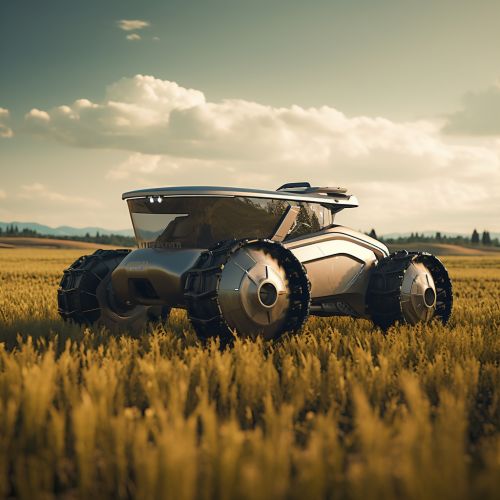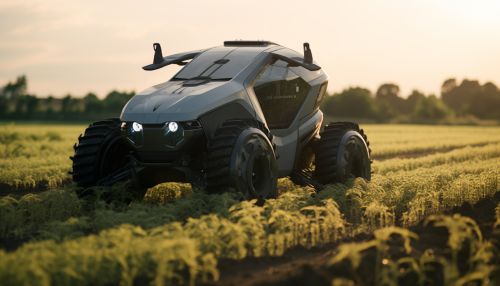Agricultural machinery
History
Agricultural machinery has a long and storied history, dating back to the dawn of civilization. The first tools used by early humans were likely simple hand tools such as the hoe and the plough. As societies developed and farming techniques improved, these tools were gradually replaced by more complex and efficient machines.
The Industrial Revolution in the 18th and 19th centuries brought about significant changes in agriculture. The invention of the steam engine allowed for the development of the first mechanized farm equipment, such as the steam-powered threshing machine. This was followed by the introduction of the internal combustion engine, which led to the development of the modern tractor.
In the 20th century, the advent of electricity and electronics revolutionized agricultural machinery. Modern machines are equipped with advanced technologies such as GPS and precision agriculture techniques, which allow for more efficient and sustainable farming practices.
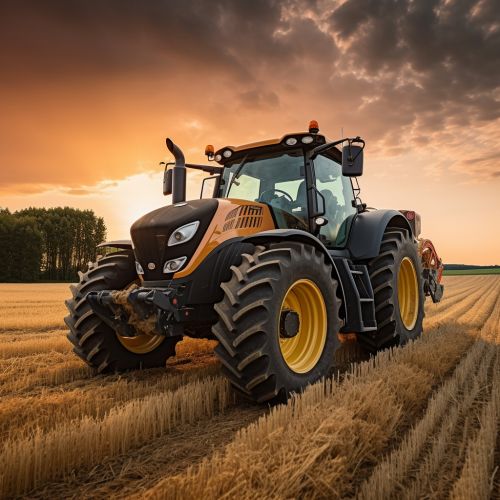
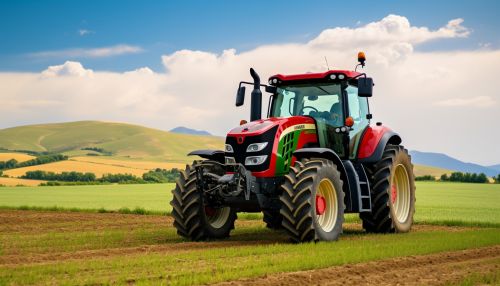
Types of Agricultural Machinery
There are many different types of agricultural machinery, each designed for a specific task or set of tasks. These can be broadly categorized into three main types: tractors, implements, and harvesters.
Tractors
The tractor is perhaps the most iconic piece of agricultural machinery. It is a powerful vehicle designed for pulling or pushing other pieces of machinery or trailers. Tractors come in a variety of sizes and configurations, from small garden tractors used for landscaping and small-scale farming, to large four-wheel drive tractors used in commercial agriculture.
Implements
Implements are tools or devices that are attached to a tractor or other machine to perform a specific task. These include ploughs, cultivators, seed drills, sprayers, and balers. Some implements, such as combine harvesters, are self-propelled and do not require a tractor.
Harvesters
Harvesters are machines designed to harvest crops. The most common type is the combine harvester, which is used to harvest grain crops such as wheat, barley, and corn. Other types of harvesters include forage harvesters, cotton pickers, and potato harvesters.
Modern Technologies
Modern agricultural machinery incorporates a wide range of advanced technologies. These include GPS for precise navigation and field mapping, yield monitors for measuring crop yields, and autonomous systems for unmanned operation.
Precision agriculture techniques allow farmers to manage their fields on a square-meter basis, optimizing inputs such as fertilizer and water to maximize yields and minimize environmental impact. Other technologies, such as drones and satellite imagery, are used for field scouting and crop monitoring.
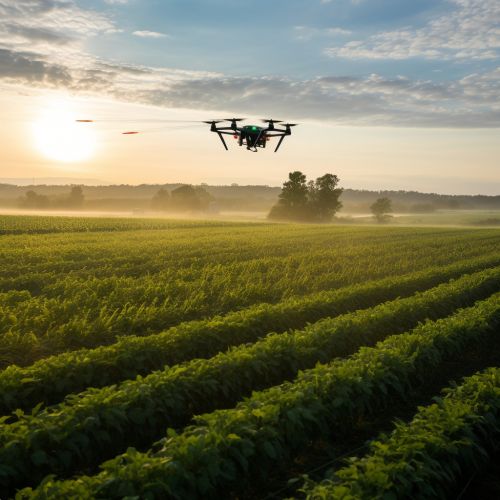
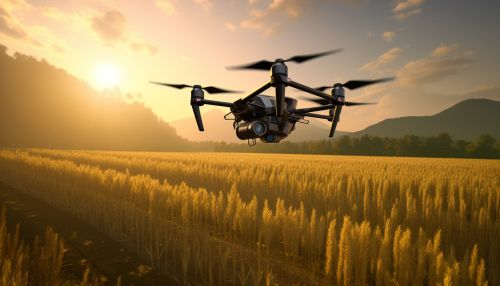
Environmental Impact and Sustainability
Agricultural machinery plays a crucial role in the environmental impact of farming. On one hand, modern machines allow for more efficient and sustainable farming practices, reducing the amount of land, water, and other resources needed to produce food. On the other hand, the manufacture and operation of these machines consume energy and produce emissions, contributing to climate change.
Sustainable farming practices, such as organic farming and agroecology, often involve the use of smaller, less energy-intensive machines. There is also a growing interest in the development of electric tractors and other low-emission machinery.
Future Trends
The future of agricultural machinery is likely to be shaped by several key trends. These include increasing automation, with the development of fully autonomous tractors and other machines; the integration of artificial intelligence and machine learning technologies for smarter, more efficient farming; and the continued push towards sustainability, with the development of more energy-efficient and environmentally friendly machines.
